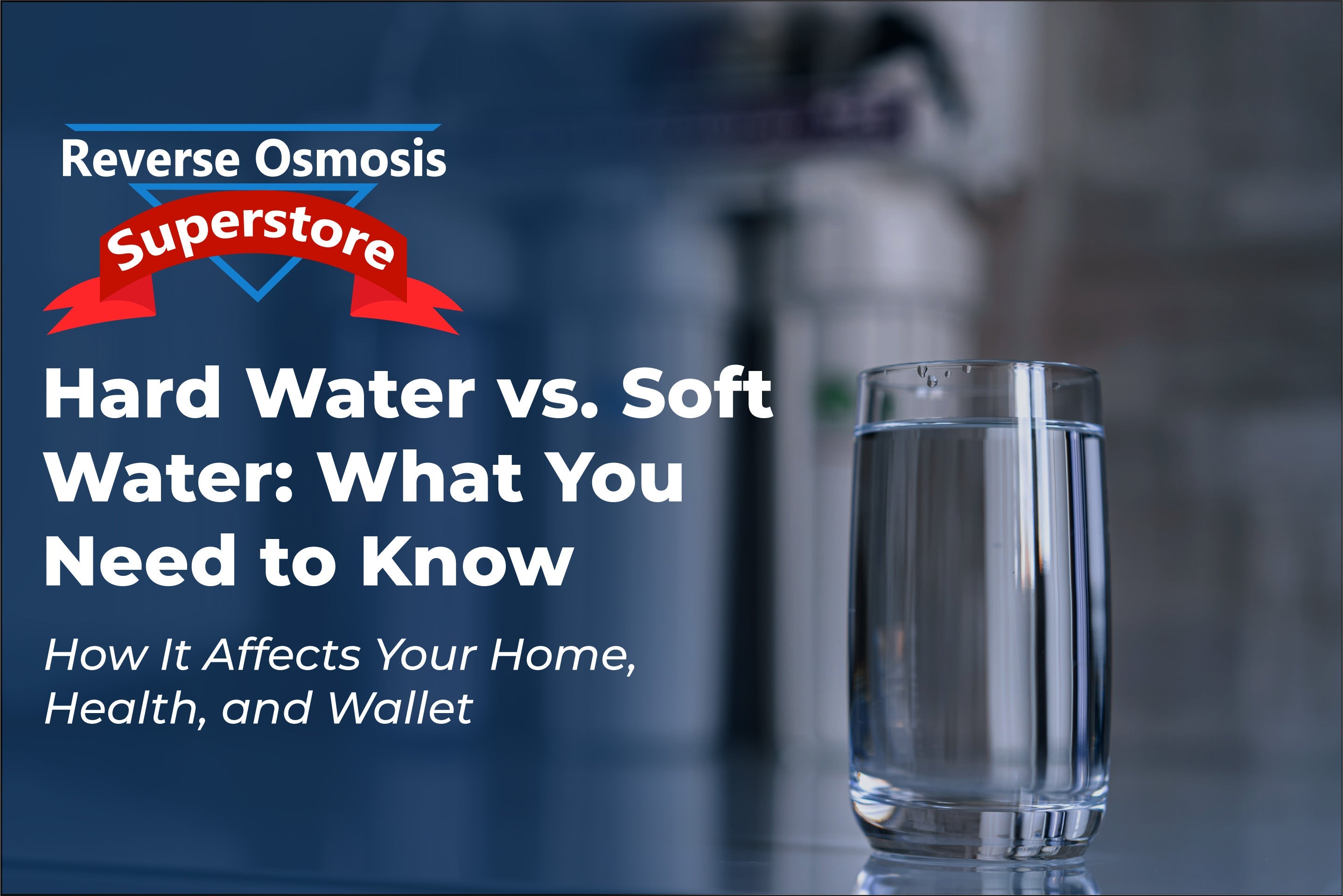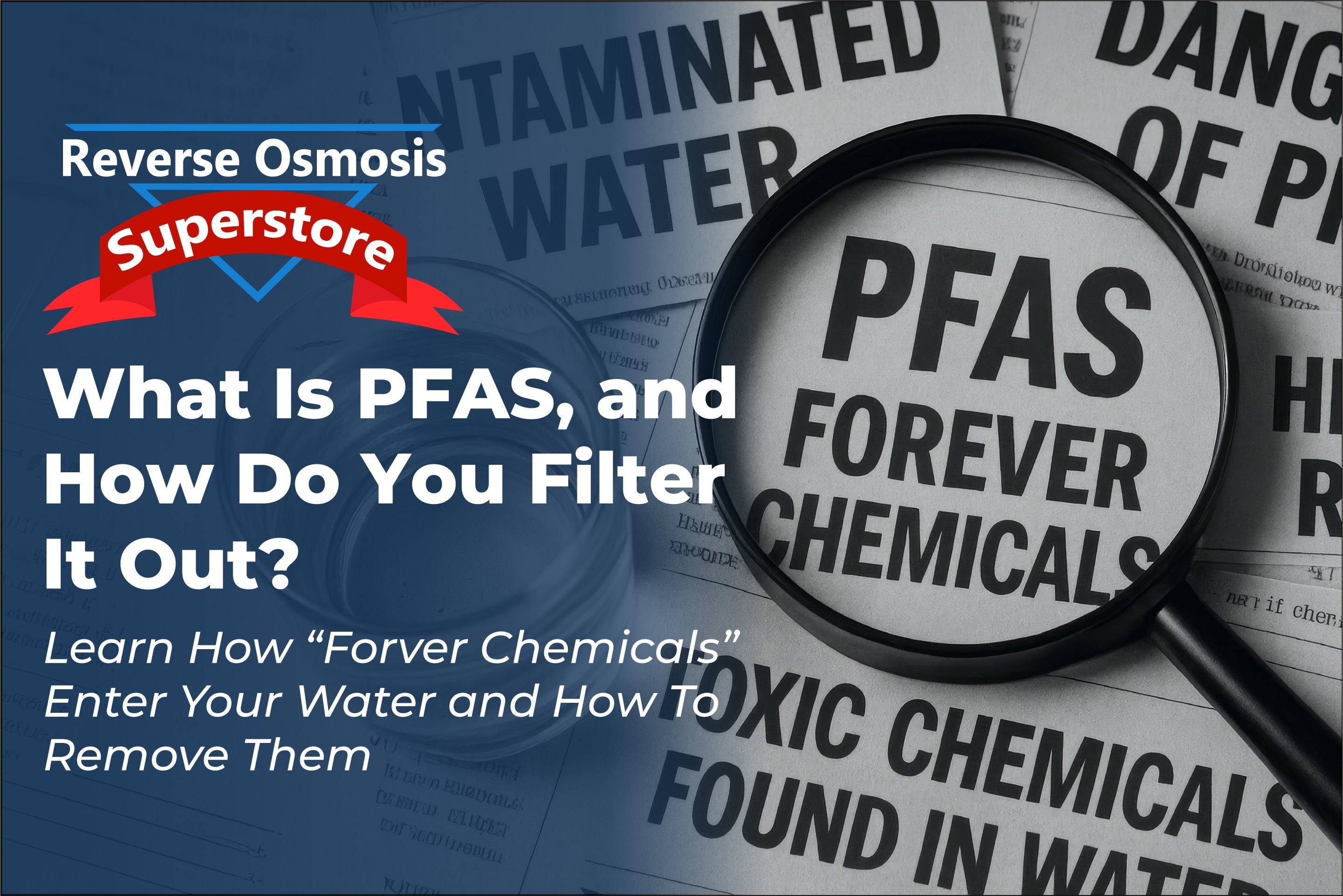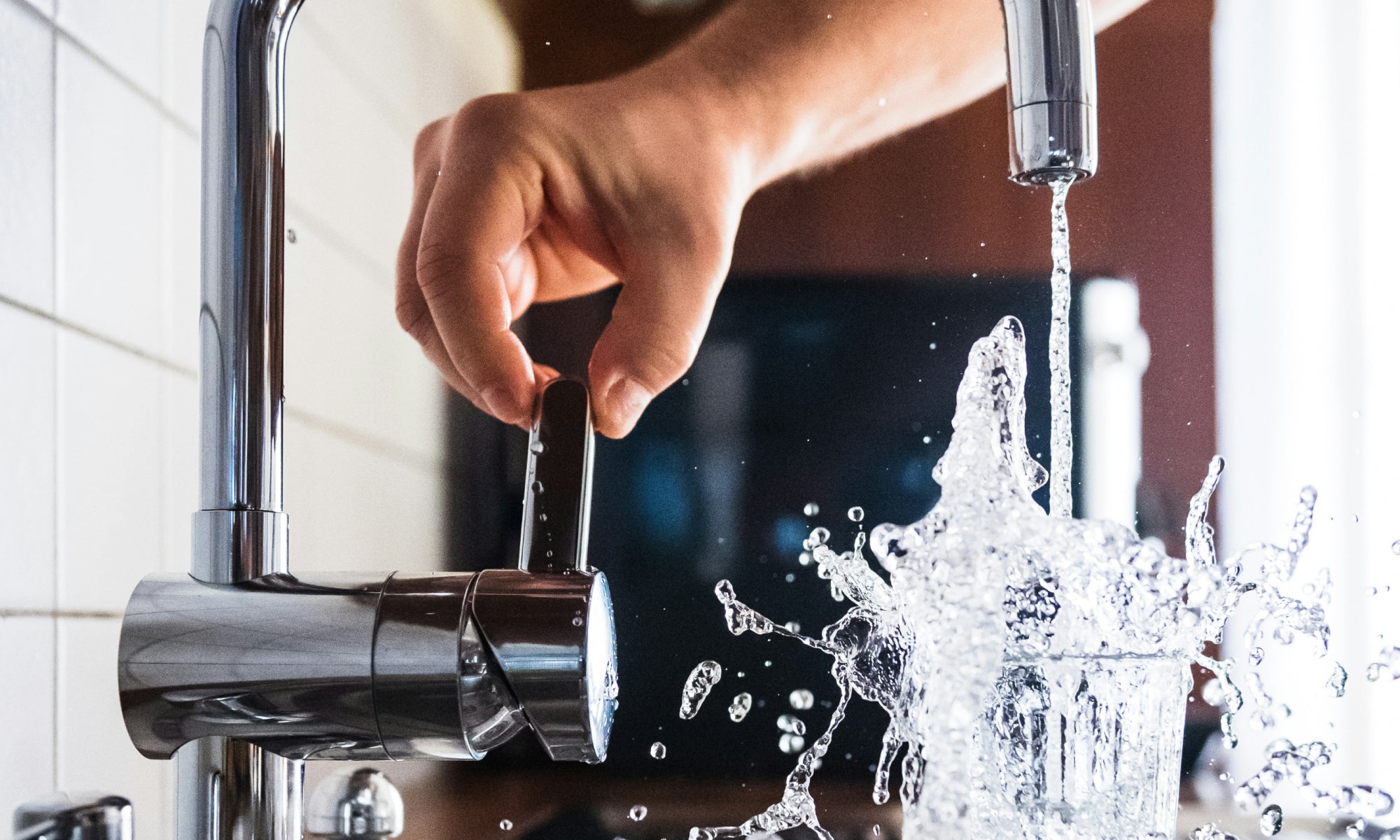Why Would Your Home Need A Water Softener?
 Water softeners bring down your water's hardness level into soft water, by reducing the mineral contents of the water. Hard water mainly contains calcium and magnesium, and once in a while bicarbonates and sulfates. Soft water, on the other hand, is the type of water with little to no trace of these hardness minerals.
Water softeners bring down your water's hardness level into soft water, by reducing the mineral contents of the water. Hard water mainly contains calcium and magnesium, and once in a while bicarbonates and sulfates. Soft water, on the other hand, is the type of water with little to no trace of these hardness minerals.
A water filtering process is used in decreasing the calcium, magnesium, and in some cases smaller amounts of manganese and ferrous iron dissolved in hard water. Your home's water softener is a water treatment system that removes and chemically changes hard water into a soft water.
Water softeners replace the calcium and magnesium contents in hard water with sodium (water softener salt). Sodium does not accumulate in pipes and also does not react to soap. The function of the water softener allows hard water to enter the water softener where there is a layer of plastic beads, know as "resin" and in some instances, a material known as Zeolite.
The layers of water softener filter media is soaked with sodium ions. Sodium is exchanged with the contents of the hard water, calcium, and magnesium. The resin media layer will be saturated with calcium and magnesium ions. Then the regeneration process follows where water is mixed with high sodium content producing a brine. Sodium ions again replace calcium and magnesium ions, which are washed down the drain.
There are two main types of water softener systems. The first one is the digital electric single tank water softener. This type of a system comes with some setbacks, the soft water supply may run out since the system uses a single tank and it may also require a pump because this type of system needs high water pressure.
The hydraulic twin tank softener is the other softener type. This type ensures a continued supply of soft water for the household. The two tanks do the water softening and regeneration processes alternatively. This way, there will be no chance of running out of soft water supply.
Salt containers (brine tanks) should be refilled regularly. Most softeners do not have salt level indicator; so check the salt level periodically to avoid running out of salt. The softeners operate continuously even without salt, which may result in tank contamination.




